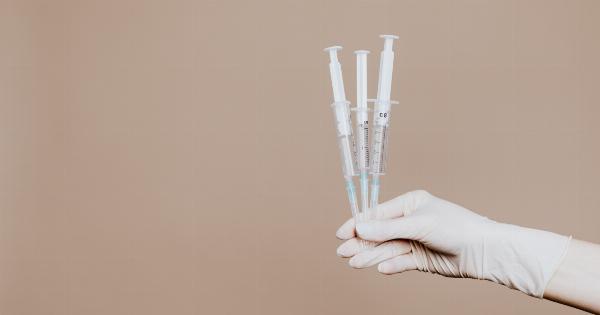Vaginal fibrillation is a health condition that affects women of all ages. Also known as vaginal atrophy, genitourinary syndrome of menopause, or vulvovaginal atrophy, the condition is most common in women who are in menopause or perimenopause.
In this article, we will explore vaginal fibrillation, its causes, symptoms, and treatment options.
What Is Vaginal Fibrillation?
Vaginal fibrillation is a medical condition that manifests with weakened vaginal walls, thinning of the vaginal tissues, dryness, and inflammation. It happens due to a lack of estrogen, which is a hormone responsible for keeping vaginal tissues healthy.
The condition can cause discomfort, pain, and damage to the vaginal wall, making it more susceptible to infections and urinary tract problems.
What Are the Causes of Vaginal Fibrillation?
Vaginal fibrillation is mostly caused by hormonal changes in the body, especially a decrease in estrogen levels.
This decrease can happen due to menopause, perimenopause, certain medications (such as chemotherapy or hormonal birth control), or removal of the ovaries. Additionally, smoking, douching, and a lack of sexual activity can exacerbate vaginal fibrillation.
What Are the Symptoms of Vaginal Fibrillation?
The symptoms of vaginal fibrillation can vary from woman to woman, and they may include:.
- Vaginal dryness
- Burning or itching sensations in the vagina
- Pain during sexual intercourse
- Bleeding during or after sex
- Incontinence
- Recurring urinary tract infections (UTIs)
Treatment Options for Vaginal Fibrillation
There are many ways to treat vaginal fibrillation, including:.
- Hormone replacement therapy (HRT). This is a common treatment method that involves taking estrogen and progestin supplements to manage the symptoms of vaginal fibrillation. HRT can be taken orally, through a patch, or a cream applied directly to the vagina.
- Vaginal moisturizers. These are products that come in the form of creams, gels, or suppositories that help to keep the vaginal tissues moist and healthy.
- Vaginal lubricants. These are products that are used during sexual intercourse to reduce vaginal dryness and discomfort
- Laser therapy. This treatment method involves using a specialized laser to stimulate blood flow and collagen production in the vaginal walls, which helps to restore the vaginal tissues.
- Estrogen tablets or rings. These are inserted directly into the vagina to provide high levels of local estrogen therapy.
Preventing Vaginal Fibrillation
There are several ways to prevent vaginal fibrillation, including:.
- Staying hydrated
- Engaging in regular sexual activity
- Quitting smoking
- Avoiding douching and scented products
- Eating a healthy diet that is rich in phytoestrogens (plant-based compounds that mimic estrogen in the body)
Conclusion
Vaginal fibrillation is a common health condition that can cause discomfort and pain for women.
However, there are many ways to manage and treat the symptoms of the condition, including hormone replacement therapy, vaginal moisturizers and lubricants, laser therapy, and estrogen tablets or rings. Additionally, taking steps to prevent the condition, such as staying hydreated, engaging in regular sexual activity, and eating a healthy diet, can help to reduce the risk of developing vaginal fibrillation.



























